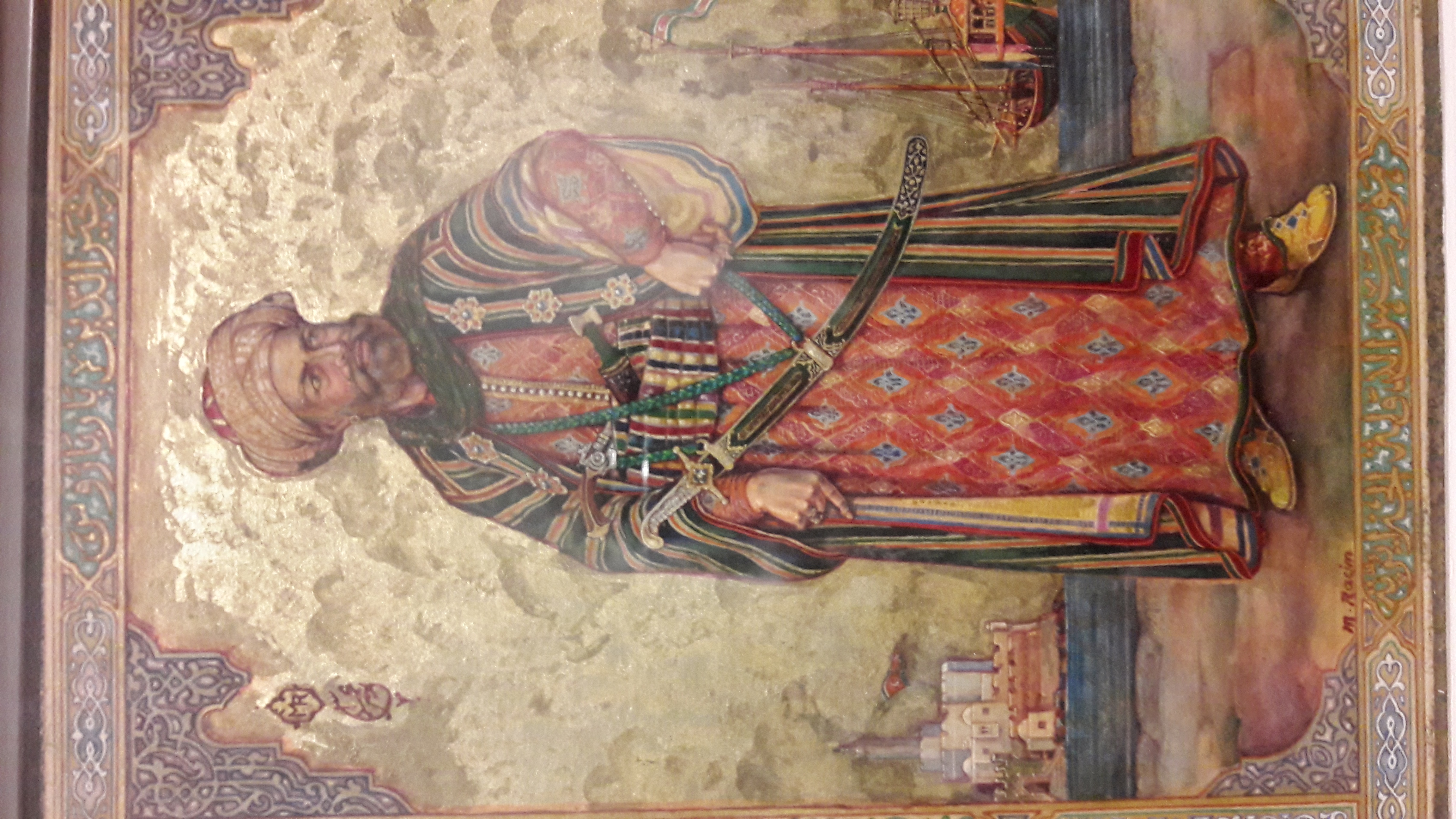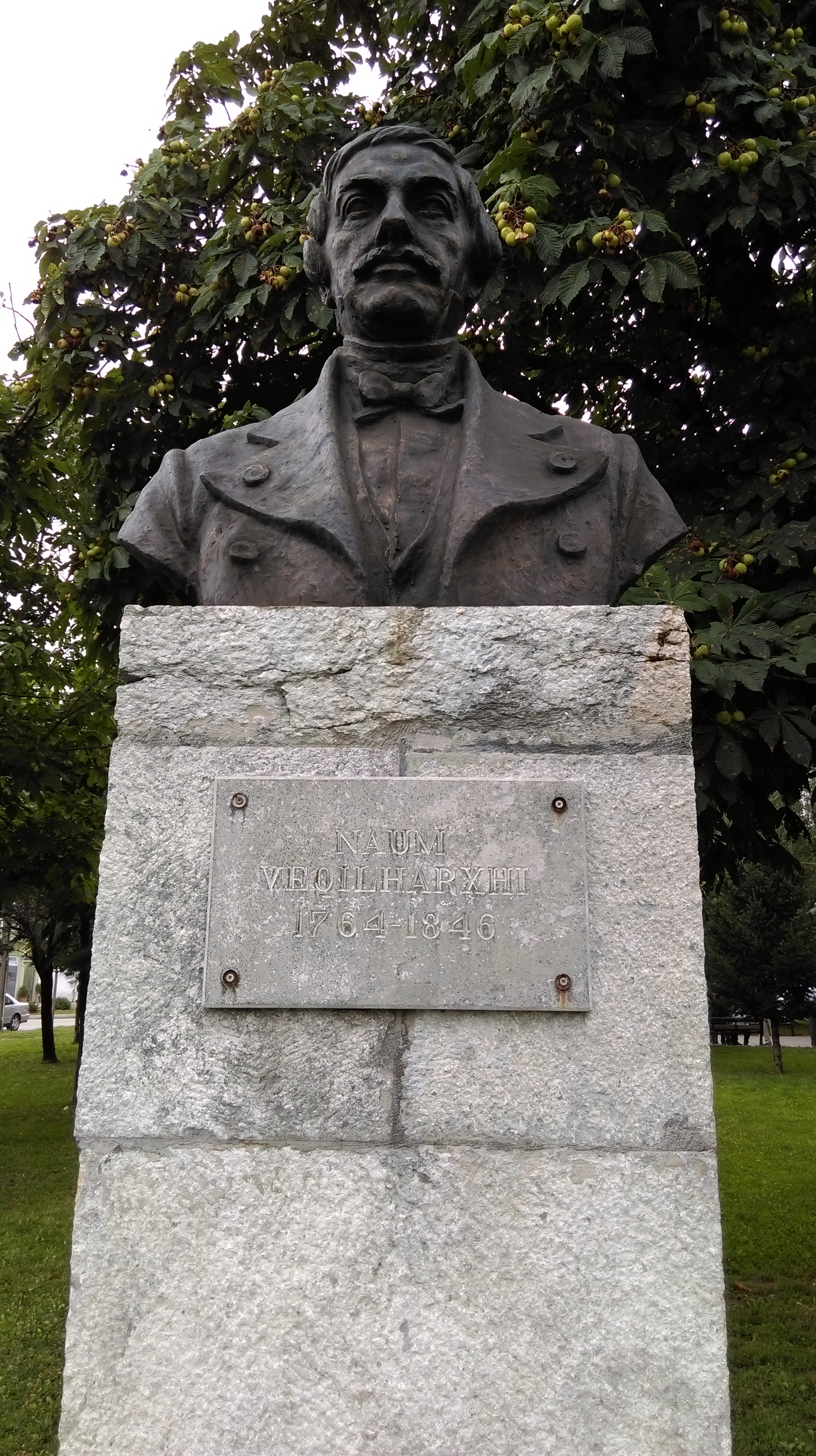|
Zaganos Pasha
Zaganos or Zagan Pasha (, ; 1426 – 1469) was an Ottoman military, Ottoman military commander, with the titles and ranks of ''kapudan pasha'' and the highest military rank, Grand Vizier of the Ottoman Empire, grand vizier, during the reign of Sultan Mehmed II "the Conqueror". Originally a Christian, who was conscripted and converted through the devşirme system, he became a Muslim and rose through the ranks of the janissaries. He became one of the prominent military commanders of Mehmed II and a ''Lala (title), lala'' – the sultan's advisor, mentor, tutor, councillor, wiktionary:protector, protector, all at once. He removed his rival, the previous Grand Vizier Çandarlı Halil Pasha the Younger, amid the fall of Constantinople. He later served as the governor of Thessaly of Macedonia. Life Origin and early life Zaganos was conscripted through the Devşirme system and rose through the ranks of the janissaries. He is thought to have been originally an Albanian Orthodox Church, ... [...More Info...] [...Related Items...] OR: [Wikipedia] [Google] [Baidu] |
Lala (title)
Lala (, , ) was a Turkish and Persian title (of Persian origin) meaning ''tutor'' and ''statesman'' in the Ottoman and Safavid Empires. History In Ottoman tradition, lalas were the experienced statesmen who were assigned as the tutors of young princes (. While still teenagers, the princes were sent to provinces (sanjak) as provincial governors (). They were accompanied by their lalas who trained them in statesmanship. The purpose of this practice was to prepare the princes for the future duties of regency. Later, when the prince was enthroned as the sultan, his lala was usually promoted to be a vizier. Up to the 13th sultan Mehmet III (the end of the 16th century), all sultans enjoyed a period of provincial governorship prior to their reign. However, 14th sultan Ahmed I (1603–1617), who was enthroned in his early teens without a period of provincial governorship, banned this practice. This meant a decrease in the status of the lala. Atabeg vs Lala The practice of lala ... [...More Info...] [...Related Items...] OR: [Wikipedia] [Google] [Baidu] |
Kapudan Pasha
The Kapudan Pasha (, modern Turkish: ), also known as the (, modern: , "Captain of the Sea") was the grand admiral of the Ottoman Navy. Typically, he was based at Galata and Gallipoli during the winter and charged with annual sailings during the summer months. The title of ''Kapudan Pasha'' itself is only attested from 1567 onwards; earlier designations for the supreme commander of the fleet include (" bey of the sea") and ("head captain"). The title ''Derya Bey'' as an official rank within the Ottoman state structure originated during the reign of Bayezid I (). Following the 1453 conquest of Constantinople, Mehmed II raised Baltaoğlu Süleyman Bey to the status of sanjak bey for his efforts against the Byzantines in the Golden Horn.Shaw, Stanford J''History of the Ottoman Empire and Modern Turkey'' Vol. 1, pp. 131 ff. Cambridge University Press (Cambridge), 1976. Accessed 12 Sept 2011. Baltaoğlu received the sanjak of Gallipoli (the principal Turkish naval base) an ... [...More Info...] [...Related Items...] OR: [Wikipedia] [Google] [Baidu] |
Albanian Nobility
The Albanian nobility was an elite hereditary ruling class in Albania, parts of the western Balkans and later in parts of the Ottoman world. The Albanian nobility was composed of landowners of vast areas, often in allegiance to states like the Byzantine Empire, various Serbian states, the Republic of Venice, the Ottoman Empire and the Kingdom of Naples in addition to the Albanian principalities. They often used Byzantine, Latin or Slavic titles, such as sebastokrator, despot, dux, conte and župan. Notably, they also constructed religious sites, castles and had powerful courts. The Albanian principalities were usually divided in history except during the Principality of Arbanon when there was only one Albanian state ruled by one dynasty, and also during the League of Lezhë where most of the Albanian nobility and peasant communities unified under a military alliance against the Ottoman Empire. History of the Albanian nobility Noble Albanian families first arose during the ... [...More Info...] [...Related Items...] OR: [Wikipedia] [Google] [Baidu] |
Albanian Orthodox Church
The Autocephalous Orthodox Church of Albania (), commonly known as the Albanian Orthodox Church or the Orthodox Church of Albania, is an autocephalous Eastern Orthodox church. It declared its autocephaly in 1922 through its Congress of 1922, and gained recognition from the Patriarch of Constantinople in 1937. The church suffered during the Second World War, and in the communist period that followed, especially after 1967 when Albania was declared an atheist state, and no public or private expression of religion was allowed. The church has, however, seen a revival since religious freedom was restored in 1991, with more than 250 churches restored or rebuilt, and more than 100 clergy being ordained. It has 909 parishes spread all around Albania, and around 500,000 to 550,000 faithful. The number is claimed to be as high as 700,000 by some Orthodox sources – and higher when considering the Albanian diaspora. History The Christian religious vocabulary of Albanian is mostly Lat ... [...More Info...] [...Related Items...] OR: [Wikipedia] [Google] [Baidu] |
Devşirme
Devshirme (, usually translated as "child levy" or "blood tax", , .) was the Ottoman Empire, Ottoman practice of Conscription, forcibly recruiting soldiers and bureaucrats from among the children of their Balkan Christian subjects and raising them in the religion of Islam. Those coming from the Balkans came primarily from nobility, noble Balkan families and rayah classes. It is first mentioned in written records in 1438, but probably started earlier. It created a faction of soldiers and officials loyal to the Ottoman Sultan, Sultan. It counterbalanced the Turkish nobility, who sometimes opposed the Sultan. The system produced a considerable number of grand viziers from the 15th century to the 17th century. This was the second most powerful position in the Ottoman Empire, after the sultan. Initially, the grand viziers were exclusively of Turk origin, but after there were troubles between Sultan Mehmed II and the Turkish grand vizier Çandarlı Halil Pasha the Younger, who was the ... [...More Info...] [...Related Items...] OR: [Wikipedia] [Google] [Baidu] |
Fall Of Constantinople
The Fall of Constantinople, also known as the Conquest of Constantinople, was the capture of Constantinople, the capital of the Byzantine Empire by the Ottoman Empire. The city was captured on 29 May 1453 as part of the culmination of a 55-day siege which had begun on 6 April. The attacking Army of the classical Ottoman Empire, Ottoman Army, which significantly outnumbered Constantinople's defenders, was commanded by the 21-year-old List of sultans of the Ottoman Empire, Sultan Mehmed the Conqueror, Mehmed II (later nicknamed "the Conqueror"), while the Byzantine army (Palaiologan era), Byzantine army was led by List of Byzantine emperors, Emperor Constantine XI Palaiologos. After conquering the city, Mehmed II made Constantinople the new Ottoman capital, replacing Edirne, Adrianople. The fall of Constantinople and of the Byzantine Empire was a watershed of the Late Middle Ages, marking the effective end of the Roman Empire, a state which began in roughly 27 BC and had la ... [...More Info...] [...Related Items...] OR: [Wikipedia] [Google] [Baidu] |
Protector
Protector(s) or The Protector(s) may refer to: Roles and titles * Protector (title), a title or part of various historical titles of heads of state and others in authority ** Lord Protector, a title that has been used in British constitutional law for the head of state * Protector (role variant), in personality testing, a role variant in the Keirsey Temperament Sorter * Protector (trust), in trust law, a third party who monitors and controls the trustees Arts, entertainment and media Fictional entities * Protector (DC Comics), a superhero who occasionally teams up with the Teen Titans * Protectors (comics), a comic book series by Malibu Comics 1992–1994 * Pak Protector, a form of alien life in Larry Niven's ''Known Space'' universe * Protector, an alias of Noh-Varr in Marvel Comics * Alexis The Protector, in the Avengers A.I. of Marvel Comics Films * ''Protector'' (film), a 2009 Czech film * ''The Protector'' (1985 film), a Hong Kong-American action film * ''The Protector' ... [...More Info...] [...Related Items...] OR: [Wikipedia] [Google] [Baidu] |
Councillor
A councillor, alternatively councilman, councilwoman, councilperson, or council member, is someone who sits on, votes in, or is a member of, a council. This is typically an elected representative of an electoral district in a municipal or regional government, or other local authority. The title of a councillor varies geographically, with a name generally being preceded by their title (or the shortened version Cllr when written) in formal or council-related situations in many places. Canada Due to the control that the provinces have over their municipal governments, terms that councillors serve vary from province to province. Unlike most provincial elections, municipal elections are usually held on a fixed date of 4 years. Finland ''This is about honorary rank, not elected officials.'' In Finland councillor (''neuvos'') is the highest possible title of honour which can be granted by the President of Finland. There are several ranks of councillors and they have existed si ... [...More Info...] [...Related Items...] OR: [Wikipedia] [Google] [Baidu] |
Tutor
Tutoring is private academic help, usually provided by an expert teacher; someone with deep knowledge or defined expertise in a particular subject or set of subjects. A tutor, formally also called an academic tutor, is a person who provides assistance or tutelage to one or more people on certain subject areas or skills. The tutor spends a few hours on a daily, weekly, or monthly basis to transfer their expertise on the topic or skill to the student (also called a tutee). Tutoring can take place in different settings. History Formal education is first attested among the scribes of ancient Egypt but, in most fields, instruction was traditionally handled on a personal basis, with most skills and professions long handed down within families or via apprenticeship until the modern era. In classical antiquity, the lower classes could pay for instruction in group settings like ludi but the upper classes preferred personalized home tutoring. In ancient China, some aristocratic tutors ... [...More Info...] [...Related Items...] OR: [Wikipedia] [Google] [Baidu] |




